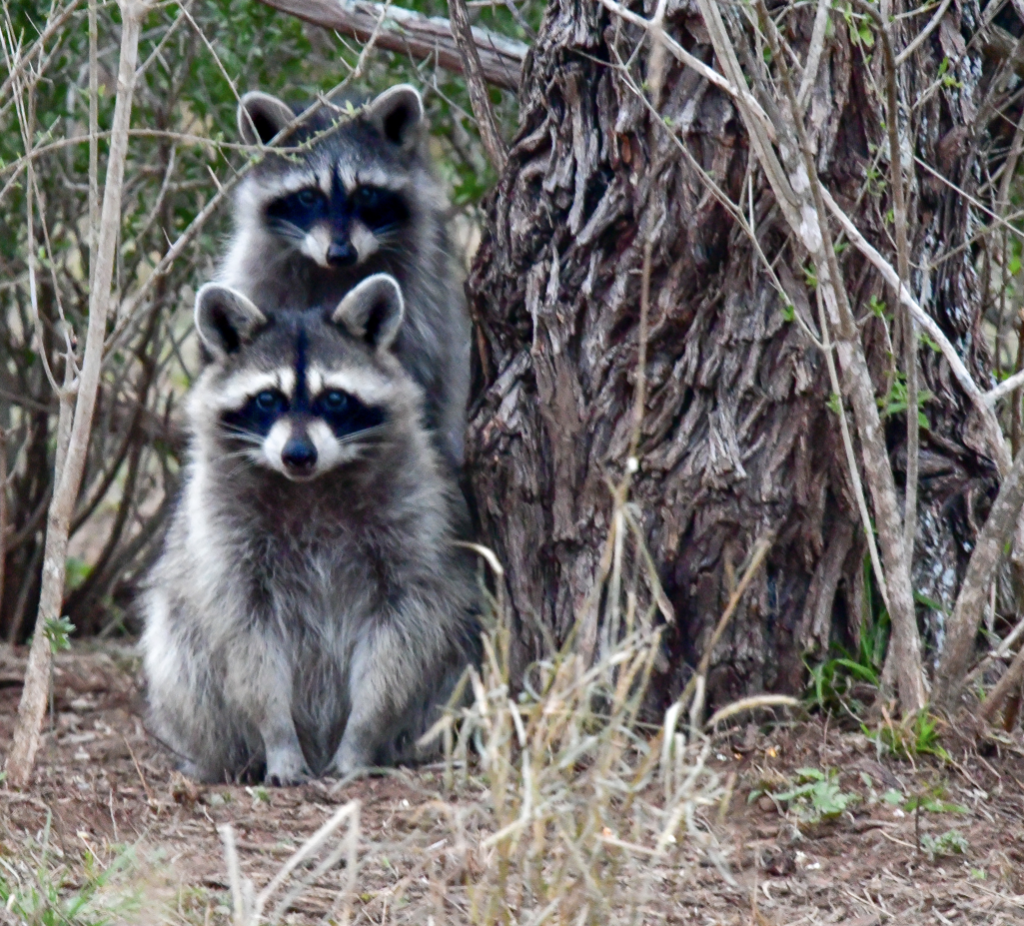By: Robert Rutherford, Sales Associate

Lewco Ranch is a classic Lavaca County ranch with large live oaks and open grassland savannas with sandy loam soils. We were able to spend time time at Lewco Ranch during the morning hours which gave us the opportunity to listen for the well known whistle of bobwhite quail, confirming multiple different pairings across the 2,467 acres. There are many theories on what happened to quail along the mid-coast prairie lands and how to bring them back to higher populations. Lewco’s open grassland and mixed brush give quail the opportunity to thrive and would be an excellent candidate for further enhancing the populations of quail. Through good quail management, Lewco Ranch could become an absolutely fantastic quail property just an hour and half from Houston.
We spoke to several of our clients that have purchased large ranches in this mid-coast prairie area over the past several years and they report that they have almost tripled their quail population within 5-10 years. Here are four key factors they gave us for improving quail population:

Predator Control is a management plan aimed at the reduction of predatory species to help support game animals. The top predators that seek quail are raccoons, skunks and possums, which account for 60-70% of the losses. “Masked Bandits” numbers have risen significantly in the last 20 years due to many different factors, including the decline in the fur market, grain crops, and predator control on other animals that would prey on them. The three top predators will push the male and females out of their nests to eat on their eggs. Almost 60 – 70% of quail mortality occurs during the nesting period. The successful ranches which now have huntable quail, have been very aggressive in trapping these animals, particularly raccoons, which seems to have had the most impact on bringing back quail populations.

Brush Management is an extremely important tool in quail management. Quail are extremely dependent on enough cover to keep them safe. In the Coastal Prairie region, this is very important as the wide-open areas give quail zero protection against their prey. Building motts throughout the open landscape gives quail protection and a place to rest while they move around in the field. They use these structures as a “quail headquarters” for their daily activities. A general rule of thumb is to keep your motts or shelters within 50-100 yards of each other. Several of the ranch managers we discussed this with kill two birds with one stone by pulling up huisatche by the roots and making piles for great escape cover.

Food. Most people know that quail are omnivores which means they will eat most plant-based food, seeds, leafy green vegetation and small insects. By introducing supplemental feed it will give them a better chance of survival. During the spring and summer they are most likely going to spend time feeding on plant seeds and insects but as winter comes those become more scarce. By adding milo or corn to their diet you are helping them get through the harsh winters. Another supplement for quail during the winter is planting some sort of winter food such as winter wheat. By implementing supplemental food you allow the quail to not only be healthier but also reduce the energy that they would use looking for food. Winter wheat also produces greens which can be an important addition to their diets during the winter. Our clients consistently find the “greens” from the winter wheat in the crops of the bobwhite they harvest.
Grass Management. The Coastal Prairie is more difficult than people think and nothing like your typical South Texas grasses. Unlike South Texas, too much rain can be more difficult for quail due to the Coastal Prairie clay bottom it is harder for the water to drain and grasses actually become so thick that the quail have a hard time moving in the lush prairie. There are many tools to keep the grass down and healthy. Shredding is a very effective tool because you are able to keep the grass down when you need it and you are able to make sure your fields are intact. Grazing can be beneficial as well but to an extent. Too much with little rain can be devastating, but having the right amount of grazing can keep the grass at a healthy height as well promote desirable habitat, and disturbed soil offers a variety of plants and insects that quail seek out.
While the past 20 years have overall seen huge reductions in the number of bobwhites along the mid coast prairies of Texas, there have been bright spots where we are seeing huntable numbers of quail return to select ranches that dedicate a real effort to create habitat and protect the birds from predators. Ranches our clients have purchased that had minimal numbers 5 or 10 years ago are again enjoying one of the greatest sports in Texas. As more landowners work towards increasing quail numbers we will again see quail become a staple of the mid coast prairie.
